What kids did for fun before video games took over
Before the digital age took over, kids were masters of their own entertainment, crafting fun from the simplest of resources. They harnessed the power of imagination and the physical world around them to create a rich tapestry of activities.
These activities not only kept them busy but also fostered creativity, physical activity, and social skills. Let’s journey back to those pre-gaming days and explore the various ways children found joy and learning in their everyday lives.
The Great Outdoors: Nature’s Playground
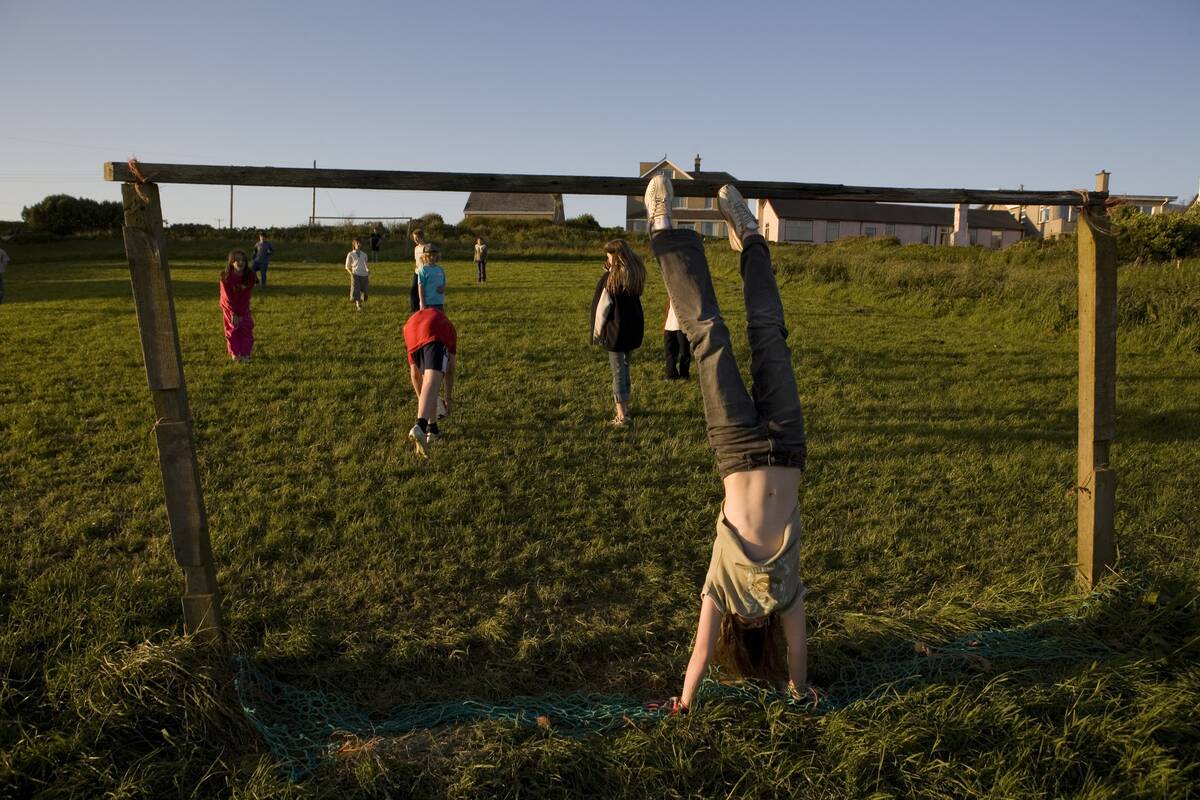
The great outdoors was the ultimate playground for children. Kids would climb trees, chase butterflies, and wade through creeks, learning about the natural world firsthand.
Games like capture the flag and kick the can transformed parks and backyards into epic battlefields. The freedom of running in the open air cultivated a love for nature and a sense of adventure that screens cannot replicate.
Board Games: The Original Multiplayer Experience
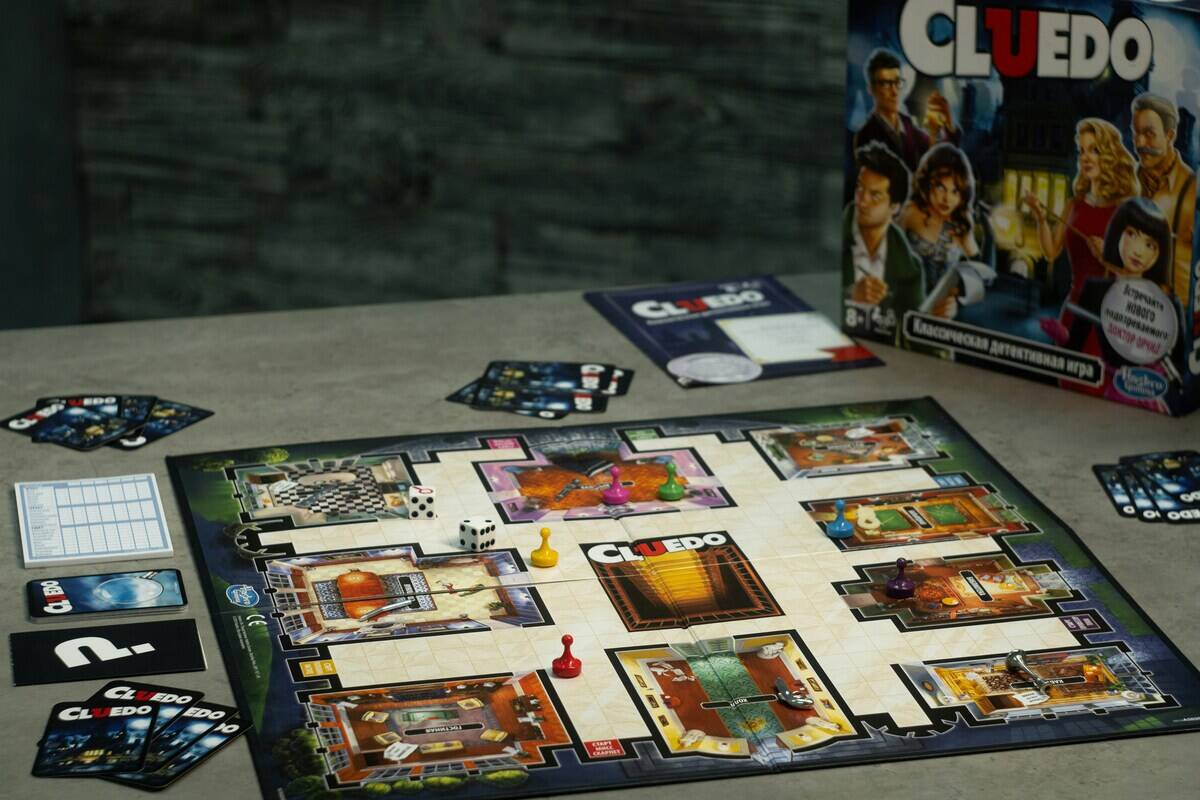
Board games have been a family staple for generations, offering fun and learning in equal measure. Classics like Monopoly, Scrabble, and Clue not only entertained but also taught strategic thinking and vocabulary.
Sitting around a table, players learned patience and negotiation, skills that are as valuable today as they were back then. Board games brought families together, turning rainy afternoons into memorable bonding experiences.
Reading Adventures: Getting Lost in Books
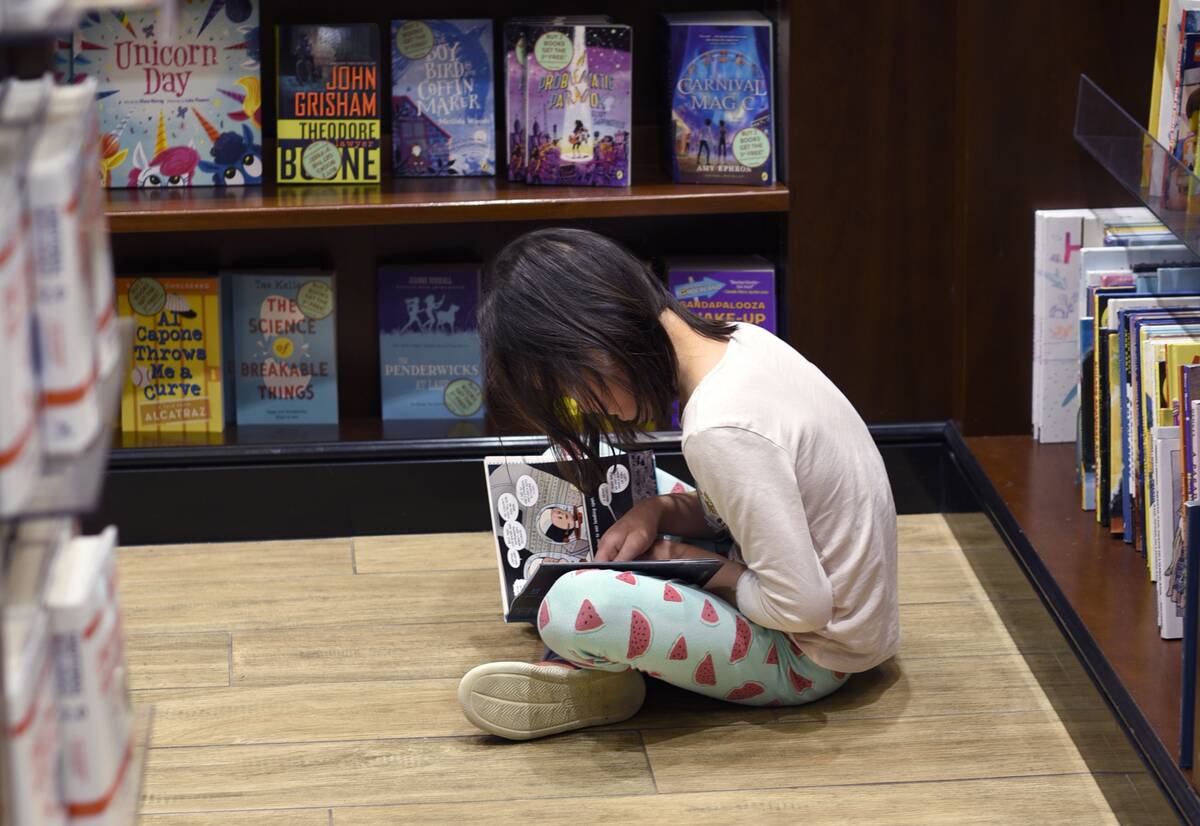
Books opened up worlds of adventure and wonder far beyond the confines of reality. From Nancy Drew mysteries to the magical lands of Narnia, children could embark on endless journeys without ever leaving their rooms.
Reading not only improved literacy skills but also sparked imagination and empathy, allowing kids to experience life from diverse perspectives. Libraries were treasure troves, and each new book was a ticket to a new adventure.
Arts and Crafts: Unleashing Creativity
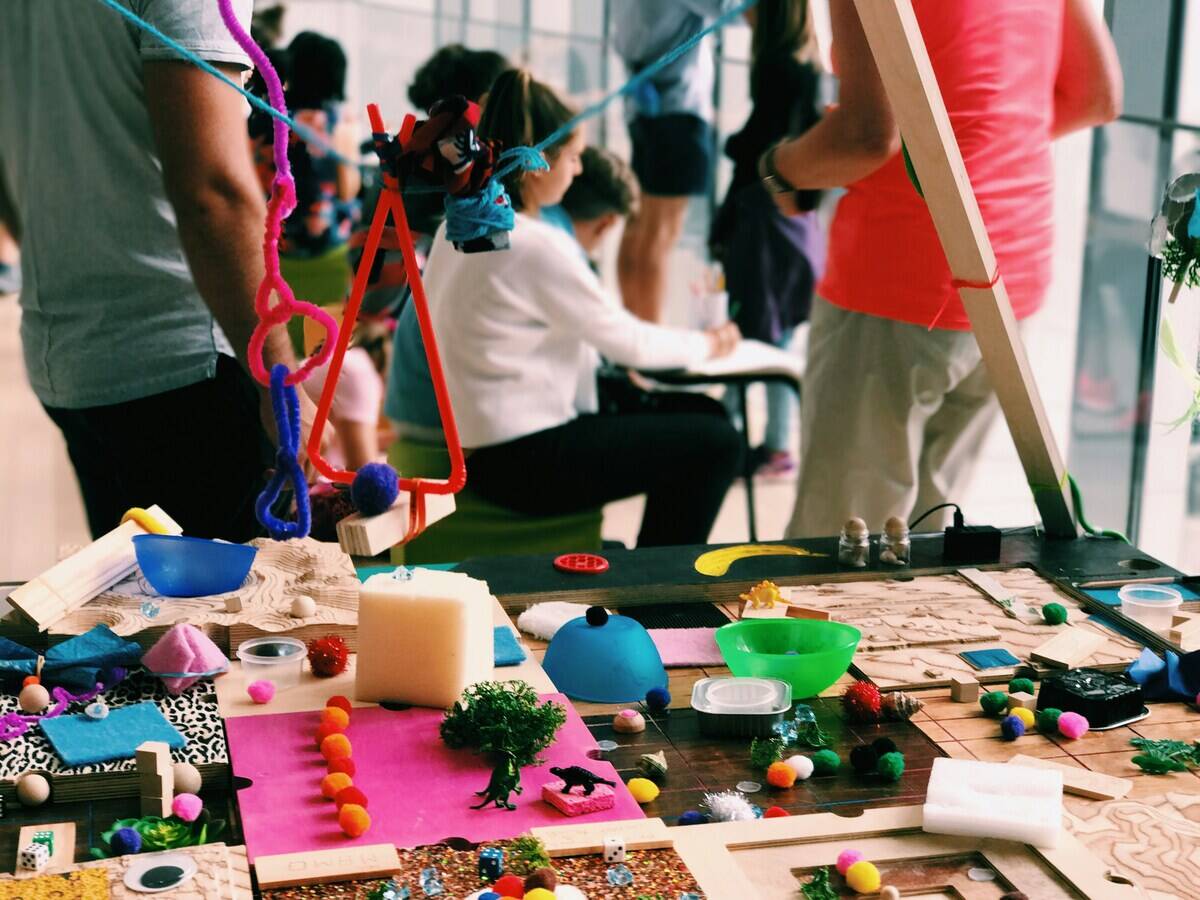
With just paper, crayons, and a dash of imagination, children created masterpieces. Arts and crafts encouraged them to express themselves creatively, developing fine motor skills along the way.
Whether it was making friendship bracelets or building models from clay, these projects were a hands-on way to bring ideas to life. The joy of crafting something from scratch is a timeless pleasure that screens have yet to replace.
Playing Dress-Up: Imagination on Display

Playing dress-up allowed children to step into the shoes of their favorite characters or invent entirely new ones. Old clothes and accessories were transformed into costumes, fueling endless storytelling and role-playing games.
This simple activity nurtured creativity and self-expression, helping kids develop empathy and social skills by imagining life from different perspectives. It was a gateway to a world where anything was possible.
Sports and Physical Games: Tag, Hide and Seek, and More
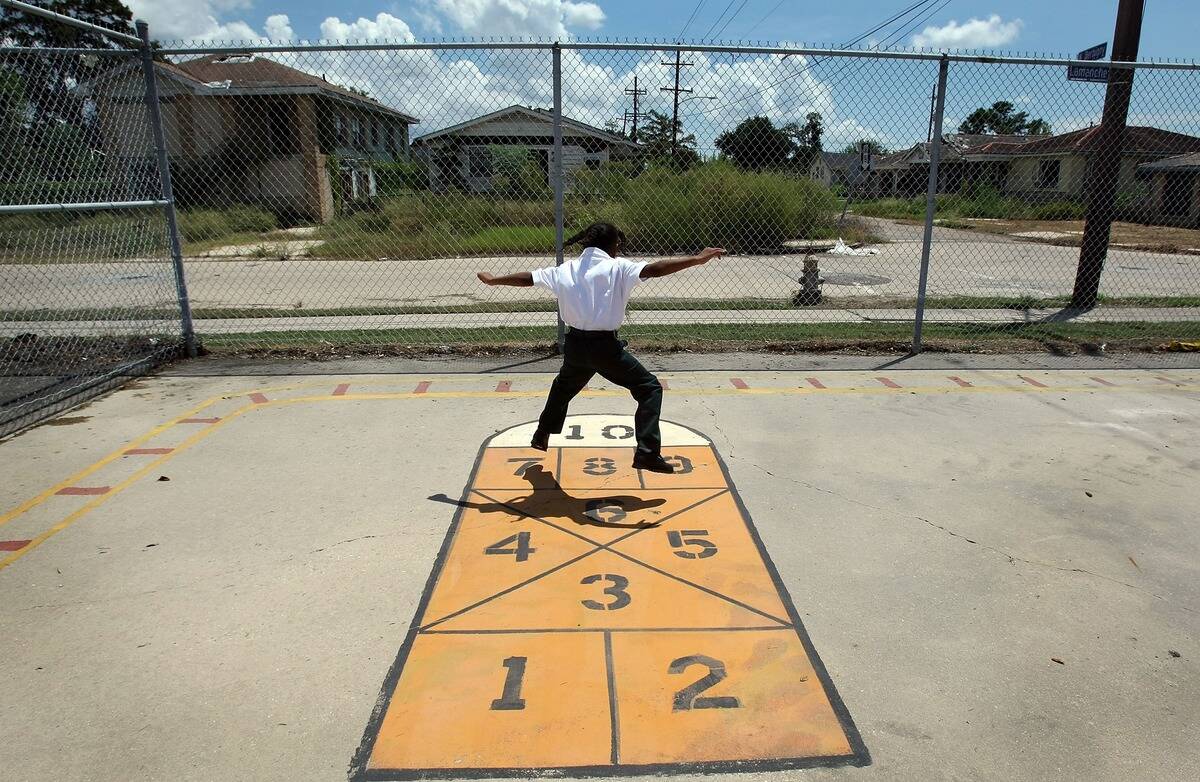
Games like tag, hide and seek, and hopscotch kept children active and engaged. These games required nothing more than space and a few willing participants, making them accessible to everyone.
Besides physical fitness, they taught teamwork, strategy, and fair play. The thrill of being “it” or finding the perfect hiding spot offered excitement and camaraderie that digital games strive to emulate.
Building Forts: The Joy of Construction

Armed with blankets, cushions, and furniture, kids transformed living rooms into forts and castles. This activity was a creative exercise in engineering, problem-solving, and teamwork.
Building forts allowed children to create their own private worlds, fostering a sense of accomplishment and independence. It was a delightful blend of imagination and practicality, where the only limits were the walls of the room.
Puzzles and Brain Teasers: Engaging the Mind
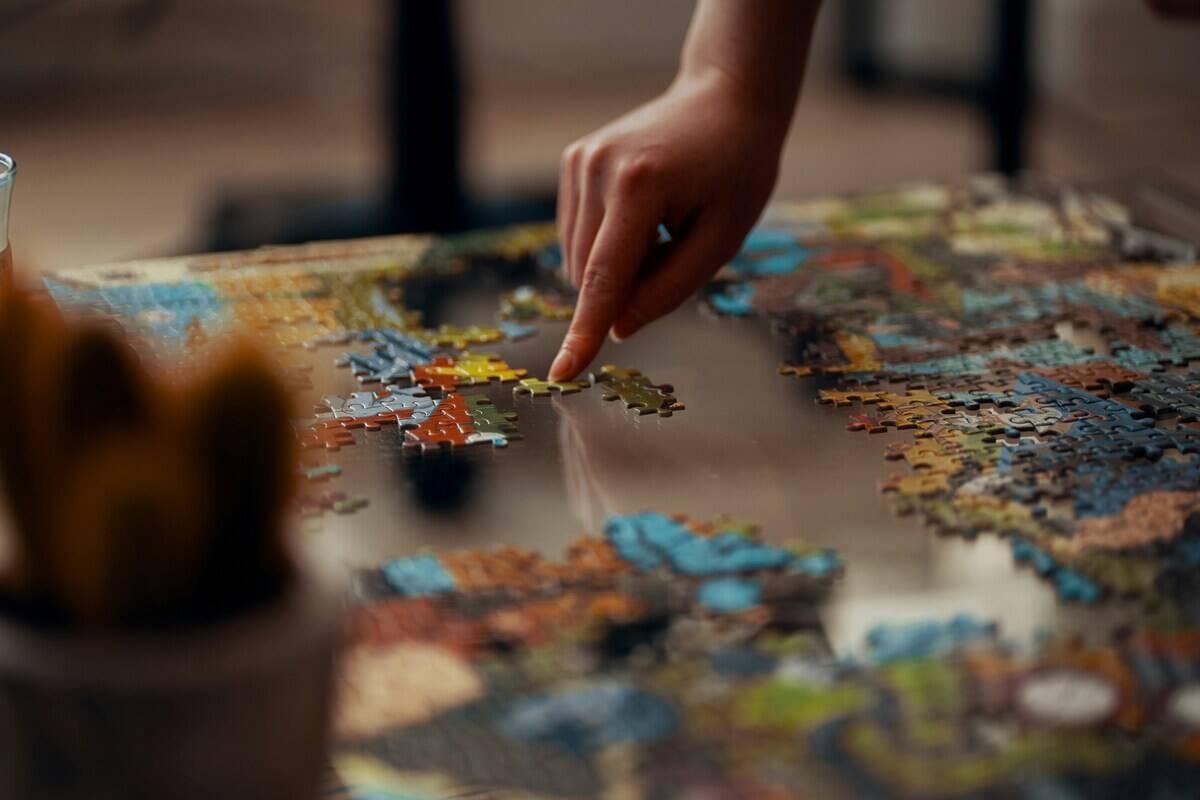
From jigsaw puzzles to crosswords, brain teasers have long entertained and educated young minds. These activities sharpened problem-solving skills and boosted concentration, offering a satisfying challenge.
Completing a puzzle was not just about fitting pieces together; it was a lesson in perseverance and patience. These mental exercises engaged children in a way that was both fun and intellectually rewarding.
Collecting and Trading: From Cards to Stamps

Collecting was a hobby that combined the thrill of the hunt with a sense of accomplishment. Whether it was trading baseball cards, collecting stamps, or amassing a rock collection, each item held a story.
This pastime fostered organization, patience, and negotiation skills. Kids learned about the world through their collections, often sparking lifelong interests and friendships rooted in shared passions.
Radio Shows and Storytime: Entertainment Before Screens

Before television, families gathered around the radio to listen to captivating stories and shows. Programs like The Lone Ranger and Little Orphan Annie brought characters to life through sound alone.
Storytime, whether on the radio or read aloud, kindled imagination and listening skills. This auditory form of entertainment allowed listeners to create vivid mental images, a skill that has become increasingly rare in the visual age.
Puppet Shows and Theater: Kids as Performers
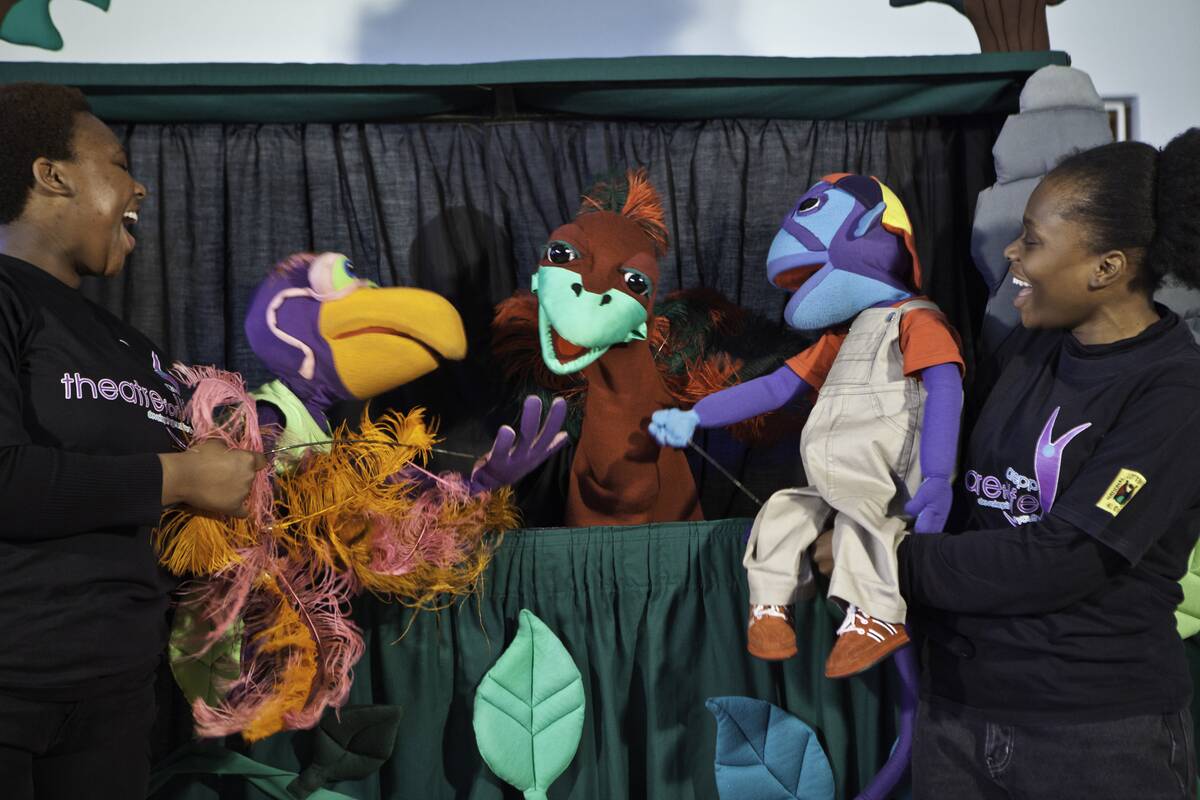
Puppet shows and impromptu plays allowed children to take center stage, harnessing their storytelling and performance skills. With makeshift stages and homemade puppets, they brought stories to life for family and friends.
This activity encouraged creativity, confidence, and collaboration. Children learned to express themselves and understand the nuances of character and plot, making it an enriching experience beyond simple play.
Gardening and Nature Exploration: Learning from the Earth
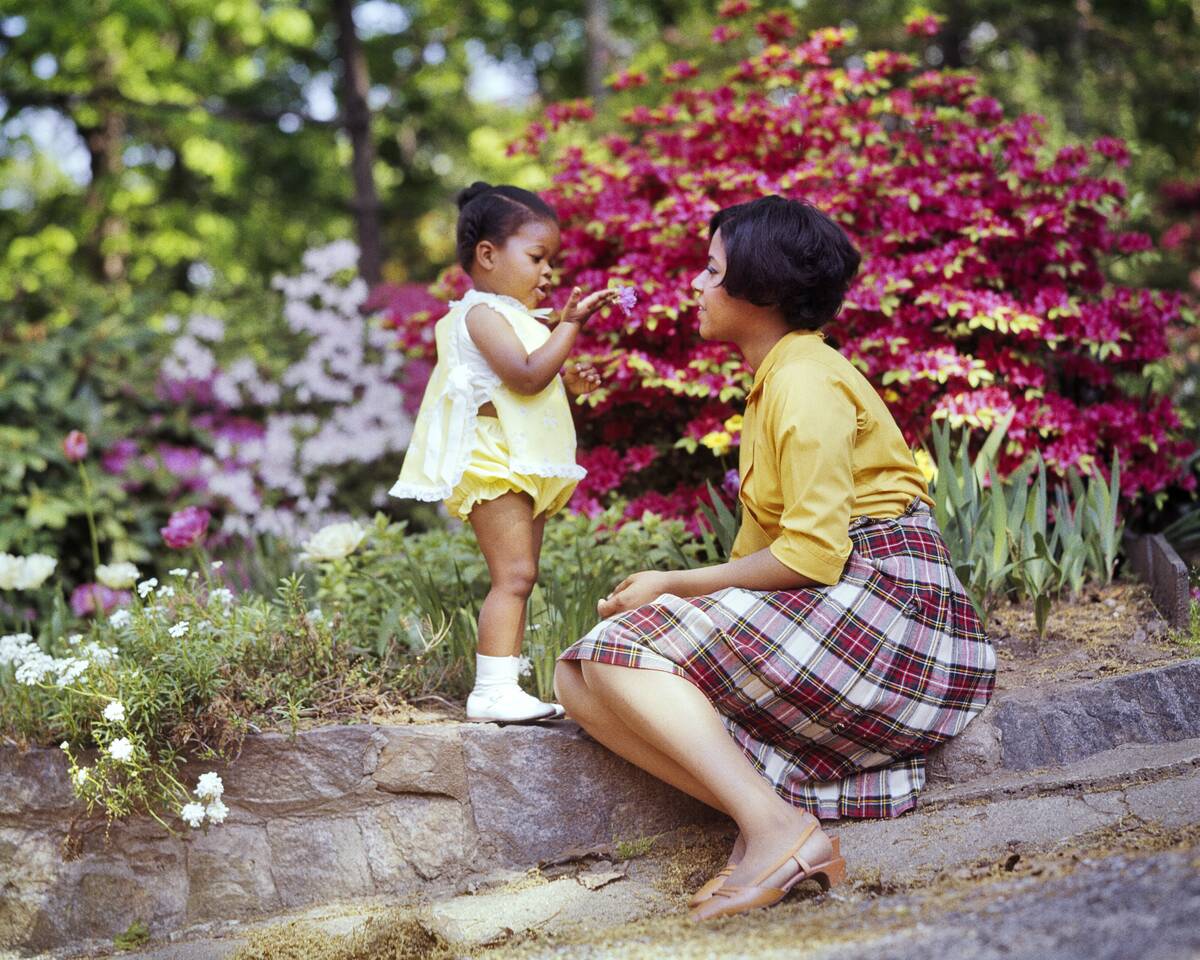
Gardening introduced children to the wonders of nature and the satisfaction of nurturing life. Planting seeds and watching them grow taught patience and responsibility.
Nature exploration, like collecting leaves or observing insects, deepened their understanding of ecosystems. These activities fostered a connection to the environment, instilling a sense of stewardship and appreciation for the beauty of the natural world.
Biking and Roller Skating: Wheels of Fun
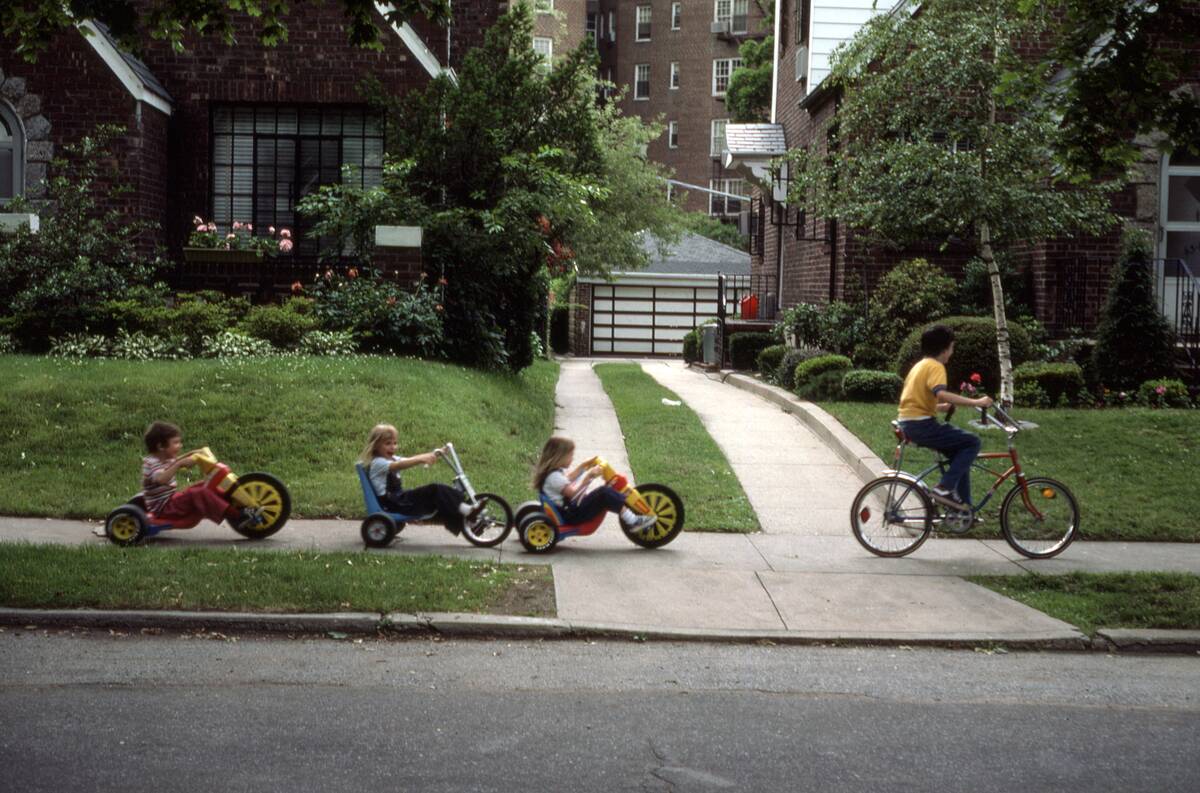
Biking and roller skating provided both transportation and exhilaration. These activities offered a sense of freedom and adventure, as children raced down streets and around parks.
Besides being a fun way to travel, they improved balance, coordination, and physical fitness. The simple joy of movement and the wind in their hair is a timeless pleasure that continues to delight kids today.
Cooking and Baking: Sweet and Savory Adventures
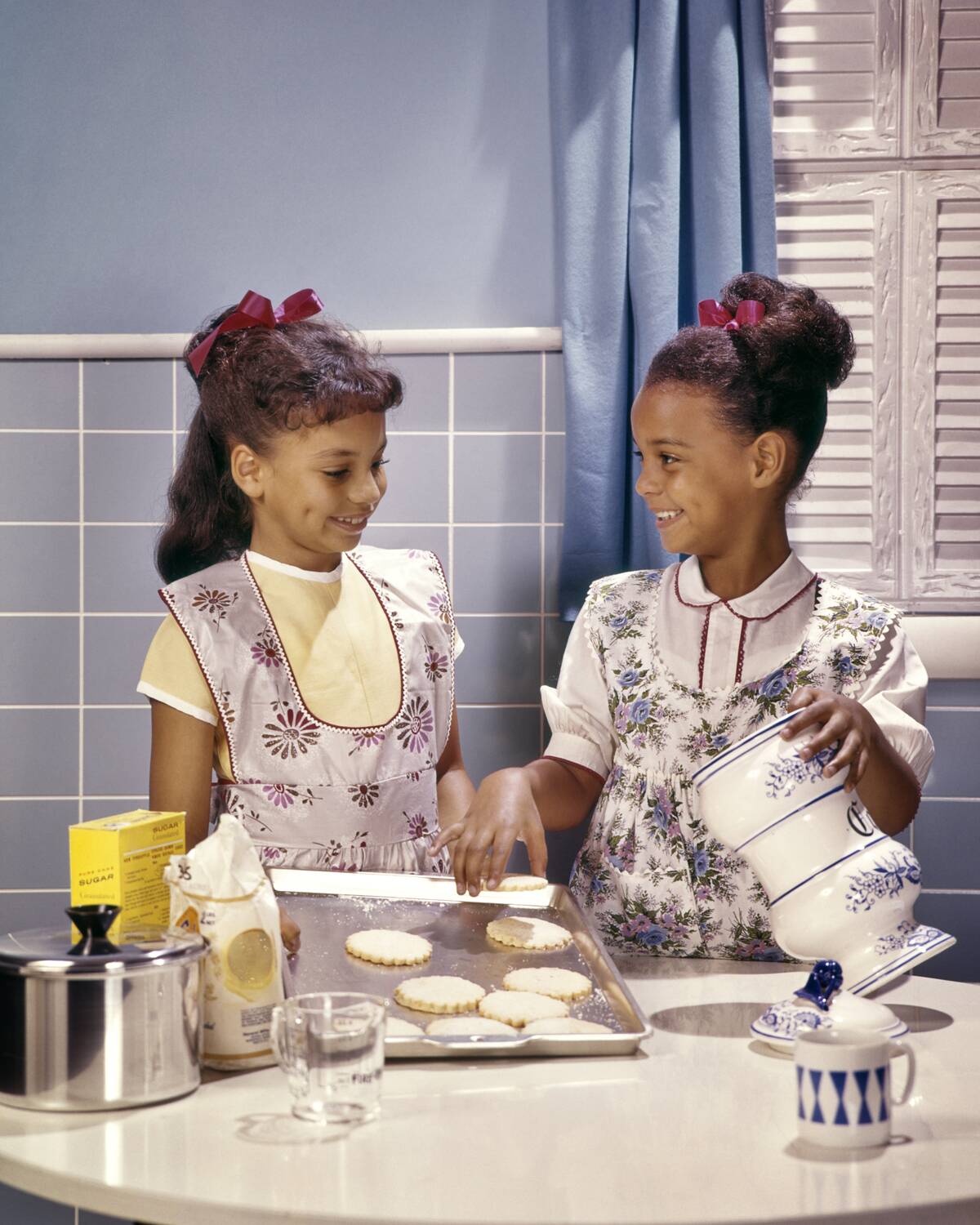
Cooking and baking introduced kids to the culinary arts and the joy of creating something delicious. From baking cookies to preparing simple meals, these activities taught valuable life skills.
Children learned measurements, timing, and the science behind recipes. The satisfaction of tasting a homemade treat was a reward in itself, and the kitchen became a place of experimentation, creativity, and, occasionally, a little mess.
Music and Dance: Expressing Through Rhythm

Music and dance allowed children to express themselves through rhythm and movement. Whether it was playing a simple instrument or creating dance routines, these activities cultivated a love for the arts.
Music improved auditory skills and rhythm, while dance enhanced coordination and self-expression. These creative outlets provided a way for kids to channel energy and emotions, celebrating the joy of movement and sound.
Animal Companions: Adventures with Pets

Pets offered companionship and adventure, teaching children about care and empathy. Whether it was walking a dog, playing with a cat, or observing fish swim, these interactions provided joy and responsibility.
Caring for animals fostered a sense of nurturing and taught kids about the needs of other living beings. Pets were more than just playmates—they were teachers in the lessons of love, loyalty, and friendship.



